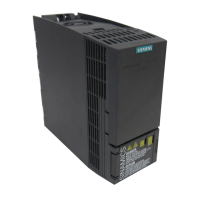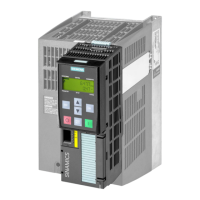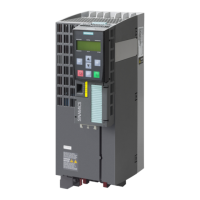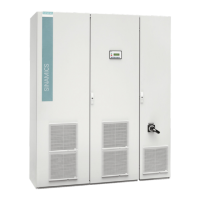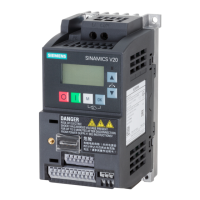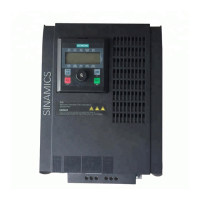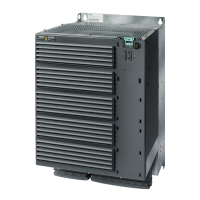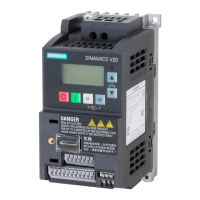Changing additional parameters of the thermal motor model can lead to the converter no
longer satisfying the motor overload protection in accordance with IEC/UL61800‑5‑1.
8.27 Motor and converter protection by limiting the voltage
Overview
An electric motor converts electrical energy into mechanical energy to drive the load. If
the motor is driven by its load, e.g. by the inertia of the load during braking, the energy
ow reverses: The motor operates temporarily as a generator, and converts mechanical
energy into electrical energy. The electrical energy ows from the motor to the converter. If
the converter cannot output the electrical energy supplied by the motor, e.g. to a braking
resistor, then the converter stores the energy in its DC link capacitance. As a consequence,
the DC link voltage Vdc in the converter is higher.
An excessively high DC link voltage damages both the converter and the motor. The
converter therefore monitors its DC link voltage and switches o the connected motor and
outputs fault "DC link overvoltage".
Function description
Protecting the motor and converter against overvoltage
9GFBPD[FRQWUROOHUDFWLYH
PRWRULQJPRWRULQJJHQHUDWLQJ
6SHHG
'&OLQNYROWDJHU
6ZLWFKLQOHYHO9GFBPD[
FRQWUROOHU
9GFBPD[
U
W
W
W
QQQ
Figure8-70 Simplied representation of the Vdc_max control
The Vdc_max control lengthens the motor ramp-down time when braking. Consequently, the
motor feeds only so much energy back into the converter to cover the losses in the converter.
The DC link voltage remains within the permissible range.
Advanced commissioning
8.27Motor and converter protection by limiting the voltage
SINAMICS G120C Converters
344 Operating Instructions, 02/2023, FW V4.7 SP14, A5E34263257B AK
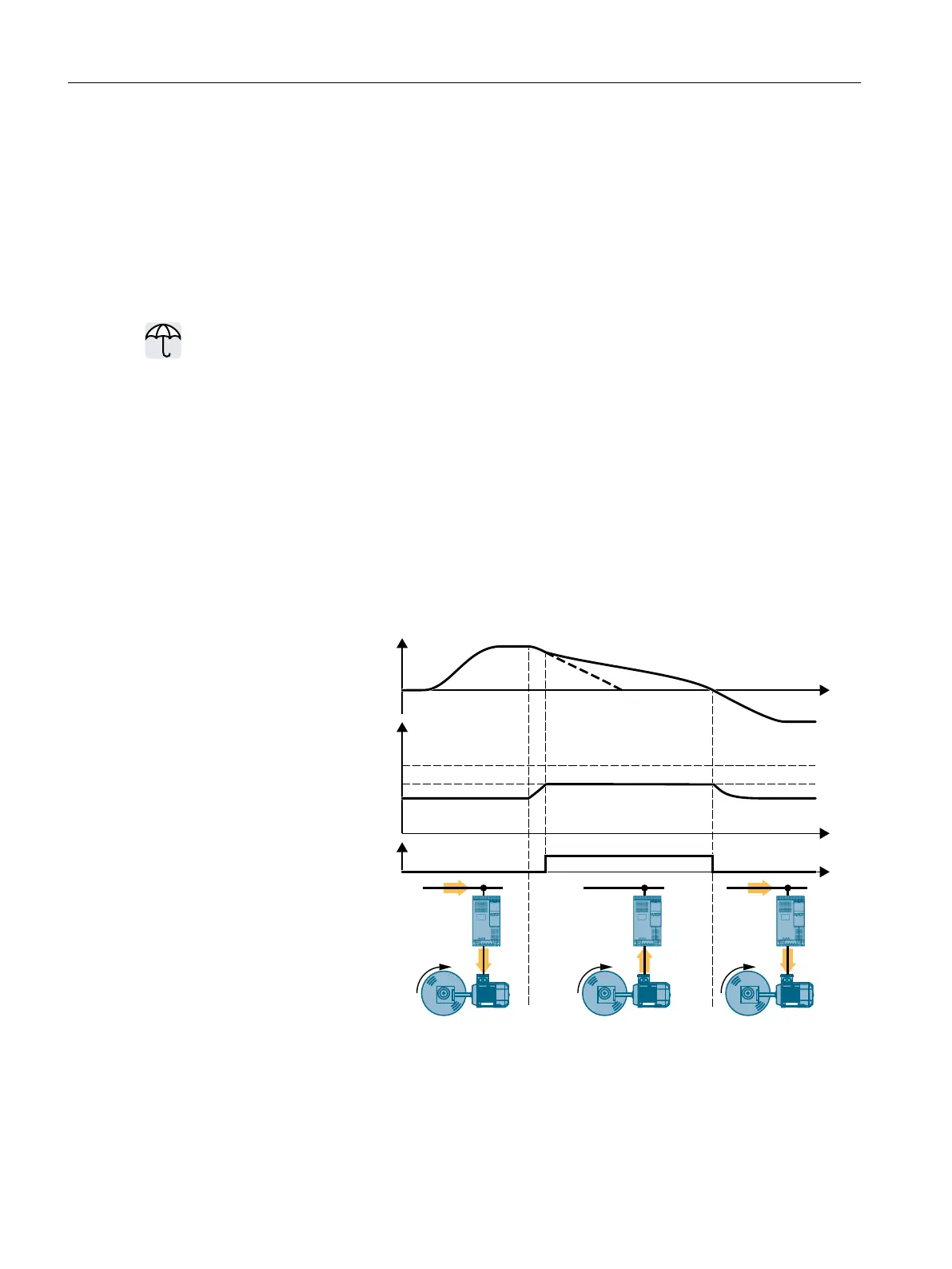